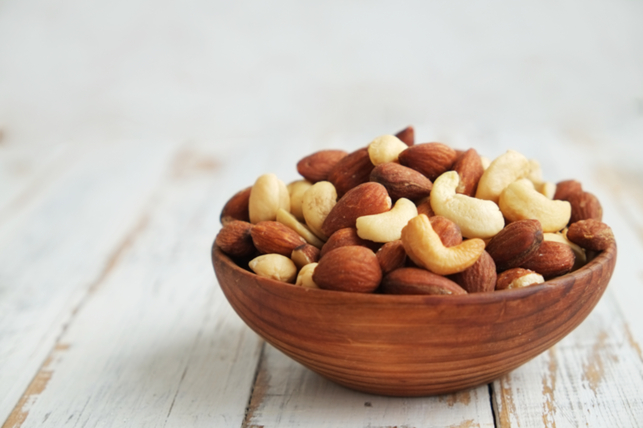6 Dental Emergencies that Require a Trip to the Dentist
March 16th, 2017
It can be scary when your child gets hurt or has an accident. As a parent, you’re equipped to handle a bruise or a scrape, but what about a broken tooth? Do you know how to handle a lost permanent tooth? When it comes to the following dental emergencies, it’s best to take your child to the dentist.
1- Fractured Tooth
Fracturing a tooth is almost like a childhood rite of passage. Kids play rough, and sometimes, their teeth bear the brunt of their actions. If your child fractures a tooth, then gather what fragments and store them in a clean container of cool water, saliva, or milk. It is important that you visit the dentist immediately to prevent infection and other complications that are brought on by chipped teeth. Your dentist will be able to repair your child’s tooth, or fix it with a crown. In the meantime, have your child rinse their mouth with warm water if they are experiencing any pain.

2 - Tongue or Cheek Injury with Excessive Bleeding
Chewing on the tongue or inside of the cheek is a habit that is common in children and teens. Usually, bleeding can be stopped by applying clean gauze to the affected area. However, sometimes regular chewing can lead to excessive bleeding. If your child has an open oral wound, then they are more susceptible to infection. You should visit your dentist if your child experiences bleeding on their tongue or inner-cheek that lasts longer than 48 hours to prevent infection and stop the bleeding.
3 - Persistent Tooth Ache
If your child has a tooth ache, then have them rinse their mouth with warm water to ease the pain. If the pain persists for more than 48 hours, then see your dentist as soon as you can. Persistent tooth aches can indicate more serious problems that need to be observed by a dental professional.

4 - Knocked out Baby Tooth
If a baby tooth is knocked out too soon, it can lead to teeth crowding the vacant spot. This can cause alignment issues when the permanent tooth begins to emerge, and could lead to crooked teeth and biting problems. Visit your dentist within 24 hours if your child prematurely loses a baby tooth. Your dentist will be able to check the incoming adult tooth, and provide your child with a spacer if necessary to prevent any crowding that may occur.
5 - Knocked or Lost Permanent Tooth
If your child loses a permanent tooth, then it is imperative that you visit your dentist immediately. Store the tooth in a clean container of cool water, milk, or, use a tooth preservation system like the ADA Approved Save-A-Tooth. If the dislodged tooth is stored properly, then your dentist may be able to reinstall it.

6 - Objects That Won’t go Away
This is a less common problem, but still very serious: if something becomes lodged in between your children’s teeth, beneath their gum line or impacts the surface of their gums, then visit the dentist. When an item gets stuck in any of those areas, it can cause serious damage. Objects stuck in the mouth can cause, pain, swelling and infection, not to mention plaque and cavities. If you can’t get rid of the obstruction by brushing and flossing, then visit our office so that we can dislodge it.
If in Doubt, Visit Our Office
If your child has lost their teeth from serious accidents like a head injury or broken jaw, then visit the hospital before you see the dentist. It’s absolutely imperative that you care for the more serious injury first. However, if their oral emergency is not immediately threatening their overall well-being, then call our office. We are equipped to deal with a litany of oral emergencies and will be able to help your child’s smile back in working order.





